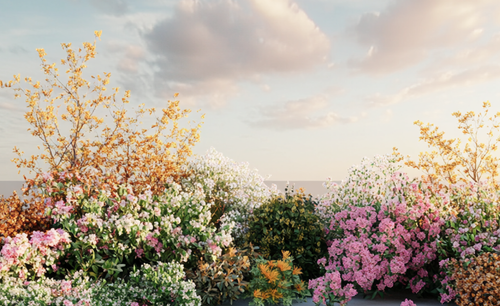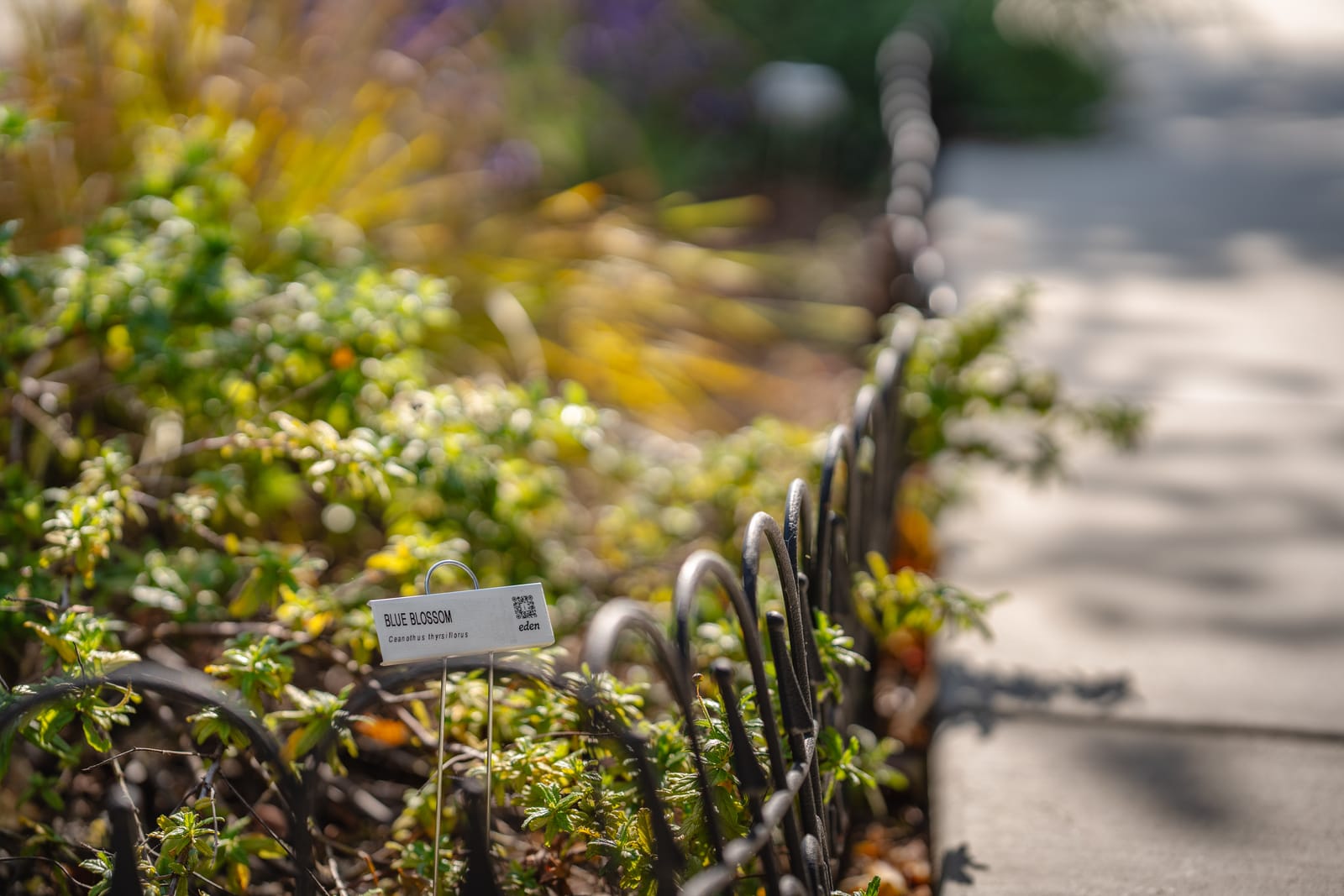Introduction
San Francisco is a city known for its iconic landscapes, vibrant neighborhoods, and deep-rooted commitment to sustainability and public beautification. While large parks like Golden Gate Park and Dolores Park are well-known, there are countless small-scale beautification projects happening across the city that many residents may not be aware of.
For example, the Guerrero Parklet Project transformed a once-unused stretch of sidewalk into a thriving green space with native plants and public seating. Similarly, the Pavement to Parks initiative has helped reclaim asphalt for community use, such as the Noe Valley Town Square, which was once a parking lot and is now a beloved neighborhood gathering place.
If you're passionate about transforming San Francisco’s urban spaces, you don’t need to wait for a massive city project to take action. Whether it’s planting a sidewalk garden, enhancing a neglected public space, or even creating a brand-new park, there are funding sources and approval processes in place to help bring your vision to life. Here’s how you can navigate the system and make an impact.
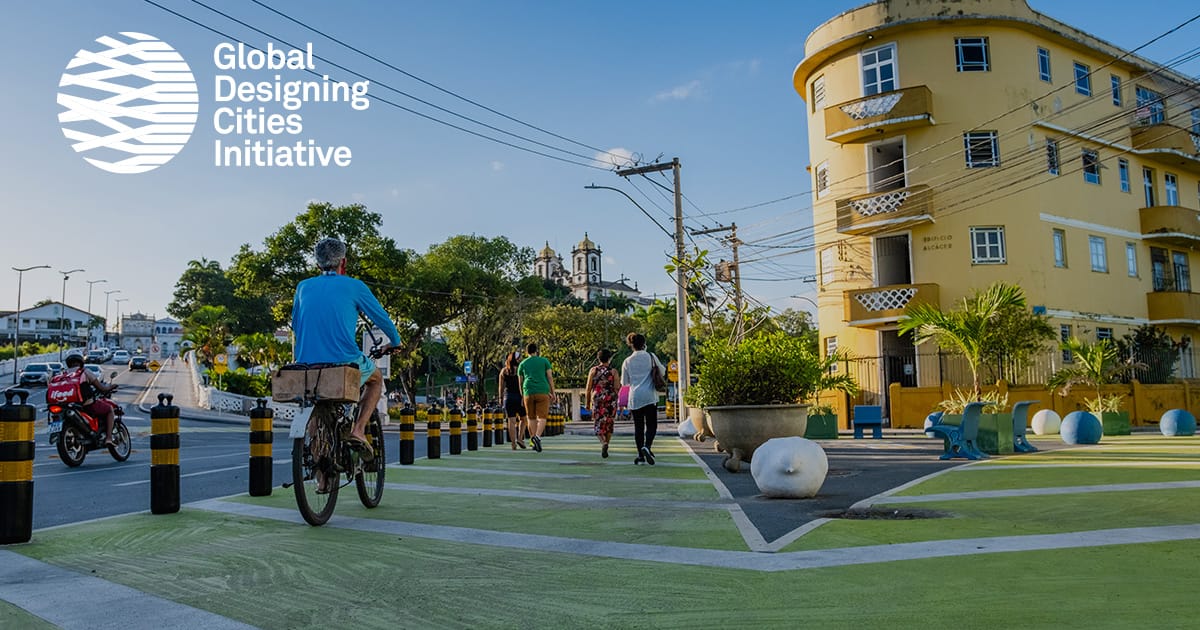
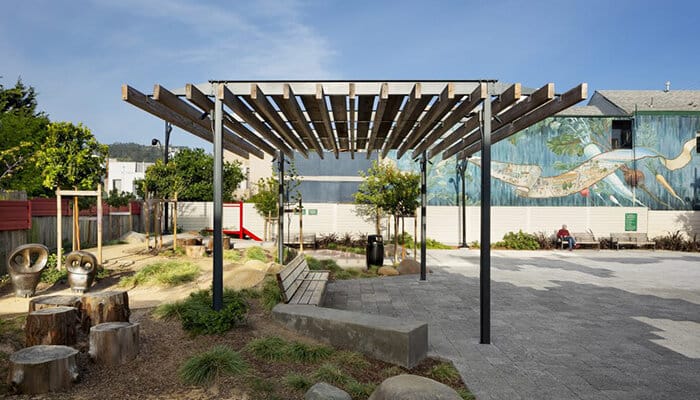
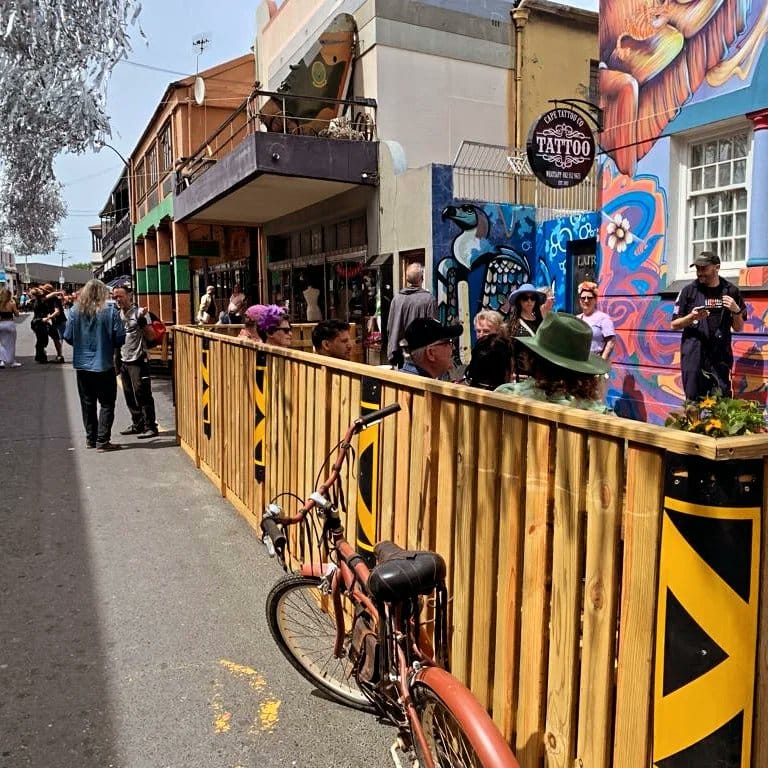
I. Sidewalk Gardens
What is a Sidewalk Garden?
A sidewalk garden is a landscaped area along a sidewalk or curb strip that replaces concrete with vegetation. These gardens reduce stormwater runoff, increase biodiversity, and enhance the neighborhood’s aesthetic appeal. They can include a mix of drought-tolerant plants, trees, and permeable paving materials.
Types of Sidewalk Gardens:
- Description: These extend the curb into the street, creating space for planting while calming traffic.
- Sizing: Typically 6-8 feet wide, depending on street dimensions.
- Plants: Native grasses, perennials, and shrubs that tolerate urban conditions.
- Border Walls: Low concrete or stone edging to protect plants and define the space.
- Example Image: Permeable Curb Extension
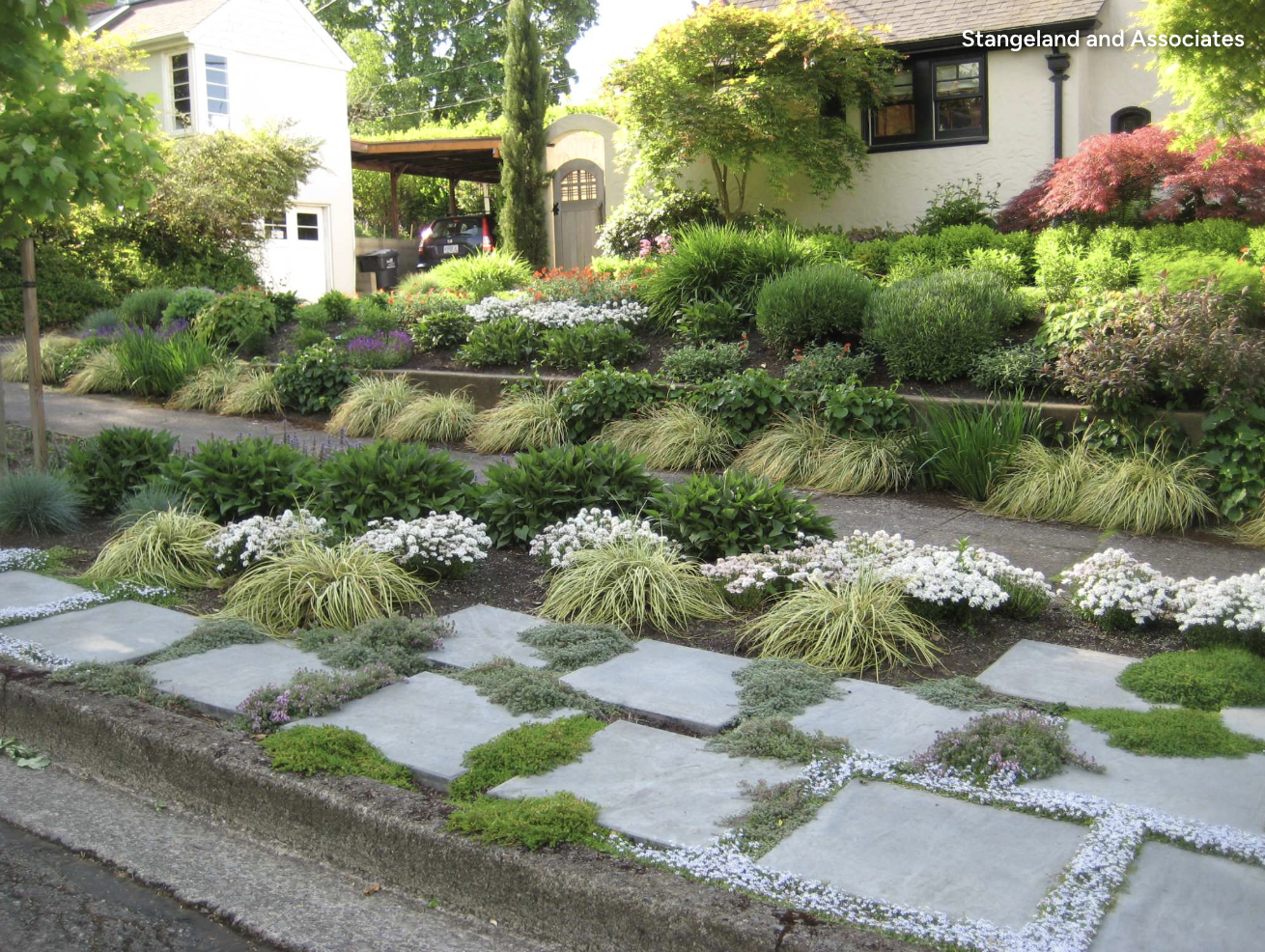
Tree Planters with Groundcover:
- Description: Tree boxes or pits with added groundcover plants.
- Sizing: Tree pits are usually 4x4 feet; larger areas allow for more groundcover.
- Plants: Shade-tolerant groundcovers like ivy or periwinkle.
- Border Walls: Metal grates or raised edging to protect roots and soil.
- Example Image: Tree Planter with Groundcover
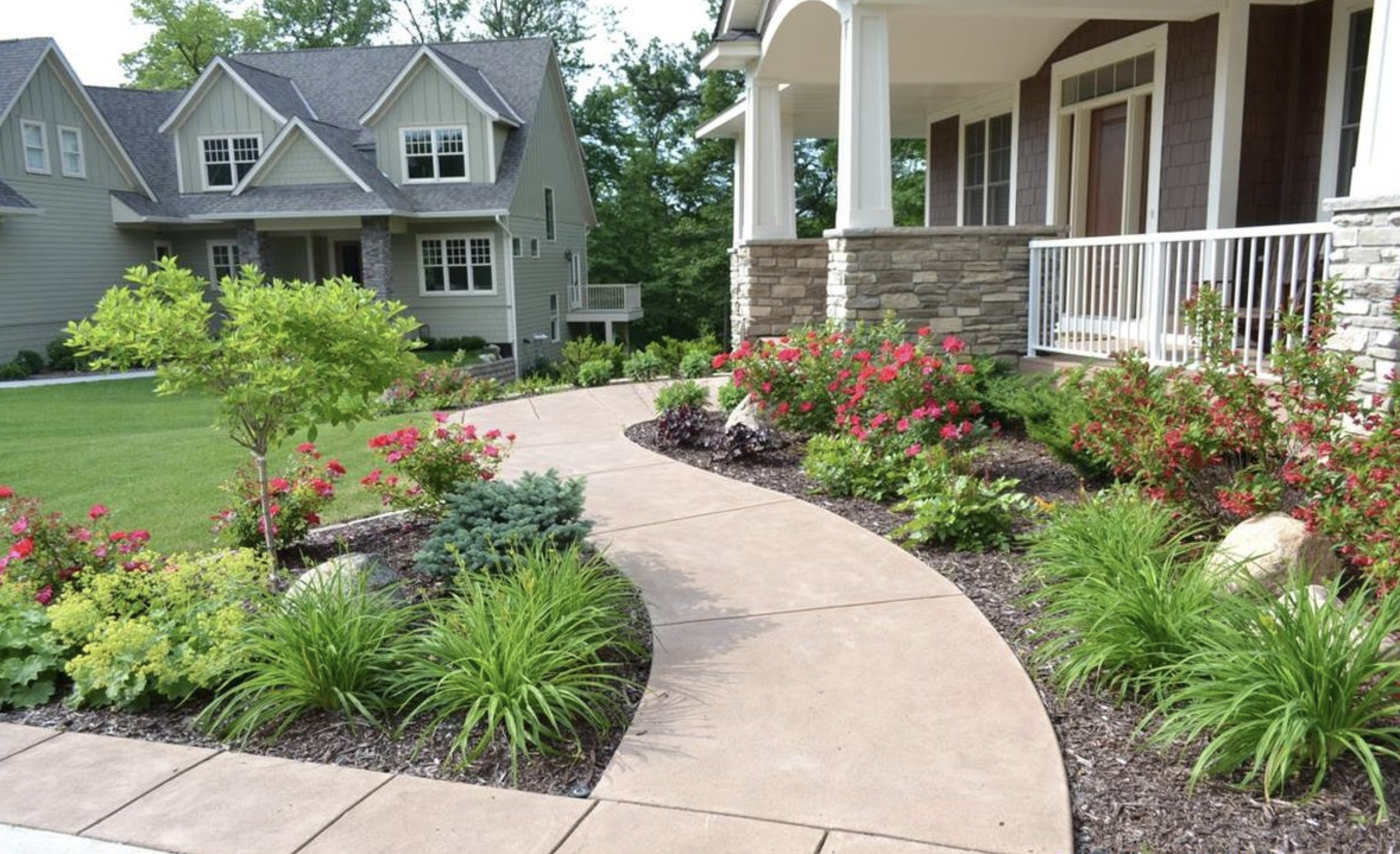
Rain Gardens to Capture Runoff:
- Description: Shallow, planted depressions that absorb rainwater from impervious surfaces.
- Sizing: Depth of 6-12 inches; size varies based on drainage needs.
- Plants: Water-tolerant species like sedges, rushes, and cardinal flowers.
- Border Walls: Naturalistic edges with stones or logs; sometimes formal edging.
- Example Image: Rain Garden
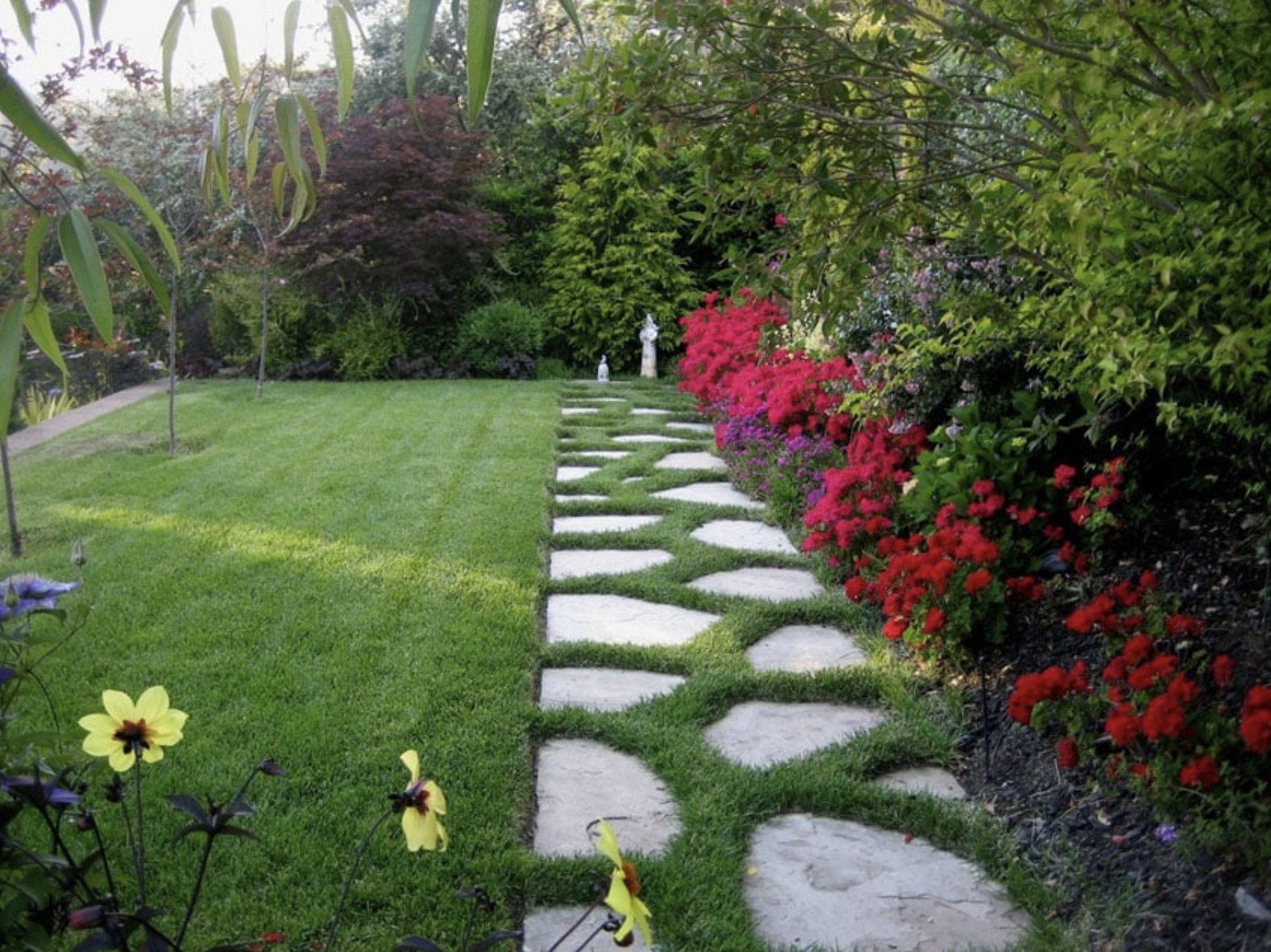
Design Elements:
- Sizing: Ensure the garden doesn't obstruct pedestrian movement; typically 2-4 feet wide.
- Plants: Choose low-maintenance, drought-resistant species suitable for the local climate.
- Border Walls: Use materials like stone, brick, or metal edging to define the garden and protect plants.
Incorporating these elements into sidewalk gardens not only beautifies urban spaces but also promotes environmental sustainability.
- Cost & Timeline:
- The cost of a typical sidewalk garden can range from $500 to $5,000, depending on size and materials.
- The process from application to installation typically takes 3 to 6 months. If you do your project with Eden the entire process will take only 4 weeks :)
A. Approval Process
- Compliance: Designs must follow city guidelines to ensure pedestrian safety and stormwater management. Some key compliance requirements include:
- Maintaining a minimum 4-foot-wide unobstructed pedestrian path.
- Ensuring sufficient drainage to prevent water accumulation.
- Selecting non-invasive, drought-tolerant plants that won’t overgrow into walking areas.
- Using permeable materials for soil stabilization and avoiding loose gravel that could create tripping hazards.
- Keeping a setback from utilities to avoid interfering with underground pipes and electrical lines.
- Permit Application: Property owners can apply for a Sidewalk Landscaping Permit to replace portions of sidewalks with greenery. (SF Public Works)
- Required Information for the Permit Application:
- A detailed site plan showing the exact location of the proposed sidewalk landscaping.
- A list of plant species to be used, ensuring compliance with city-approved selections.
- A drainage plan demonstrating how stormwater will be managed.
- Proof of property ownership or authorization from the property owner if applying as a tenant.
- A commitment to ongoing maintenance to ensure the landscaping remains in good condition.
Applicants should also be prepared for a review process that may require minor modifications before approval is granted.
B. Funding Opportunities
- Community Challenge Grants (CCG): Funds nonprofit-led projects that enhance San Francisco’s neighborhoods. (SF.gov)
- Neighborhood Beautification Grants: Supports small-scale community-led greening projects. (SF Beautiful)
II. Public Spaces
What is a Public Space Project?
Public space projects improve areas such as plazas, streetscapes, and underutilized urban spaces to enhance accessibility and create inviting gathering places. Examples include:
- The Castro Rainbow Honor Walk, where community involvement turned a public sidewalk into an educational and cultural feature.

- The SOMA West Skate Plaza, a formerly vacant underpass that is now an active community space.
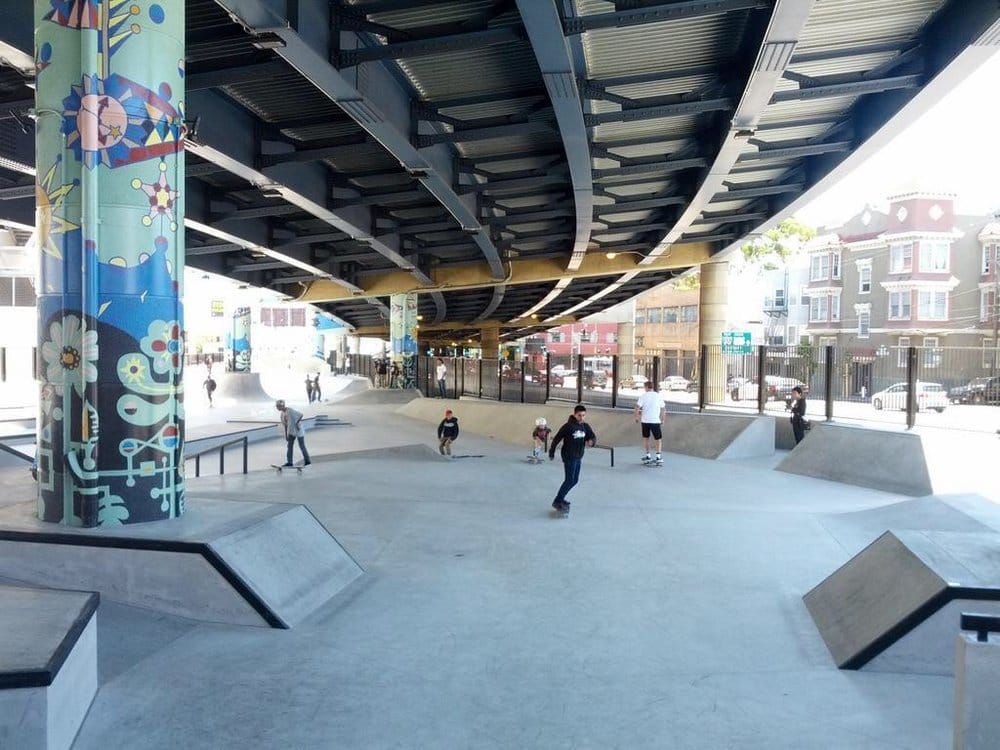
- Cost & Timeline:
- Typical public space improvements cost $5,000 to $50,000, depending on scope.
- Approval and funding processes can take 6 months to 1 year.
A. Approval Process
- Community Challenge Grants Program: Provides funding and support for local public space improvements. (SF.gov)
- Green Benefit Districts (GBD): Allows neighborhoods to collectively fund and maintain their public spaces. (SF Public Works)
B. Funding Opportunities
- Community Challenge Grants (CCG): Offers grants for community-driven beautification projects. (SF.gov)
- Neighborhood Beautification Grants: Funds projects such as murals, tree planting, and streetscape improvements. (SF Beautiful)
III. New Parks
What Defines a Park in SF?
Unlike public spaces, a new park involves creating designated recreational areas with amenities such as playgrounds, trails, and open lawns. Recent examples include:
- The India Basin Waterfront Park, a project integrating green space with cultural and recreational facilities.
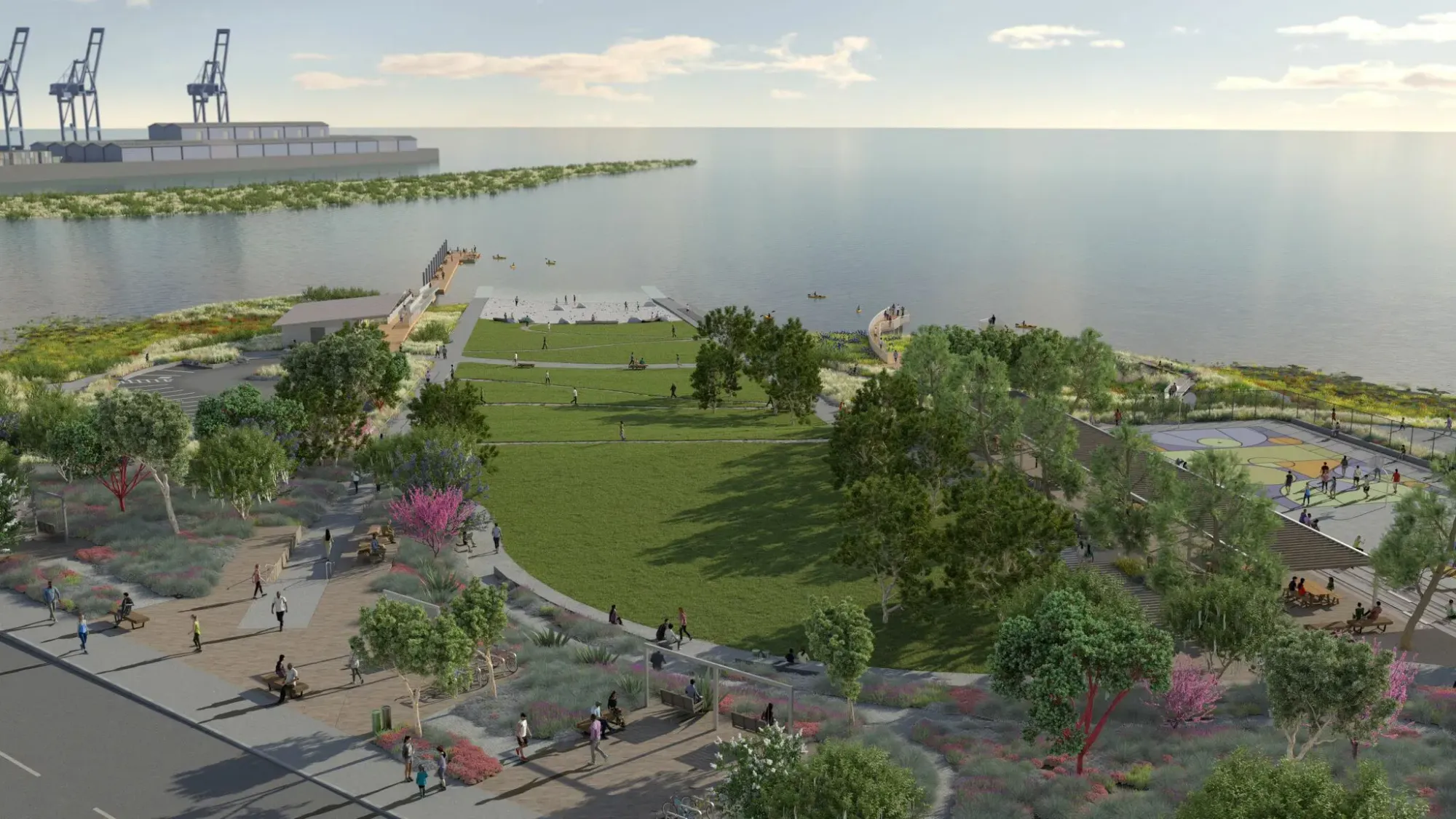
- The Mission Bay Parks, designed to provide much-needed open space in a rapidly developing neighborhood.
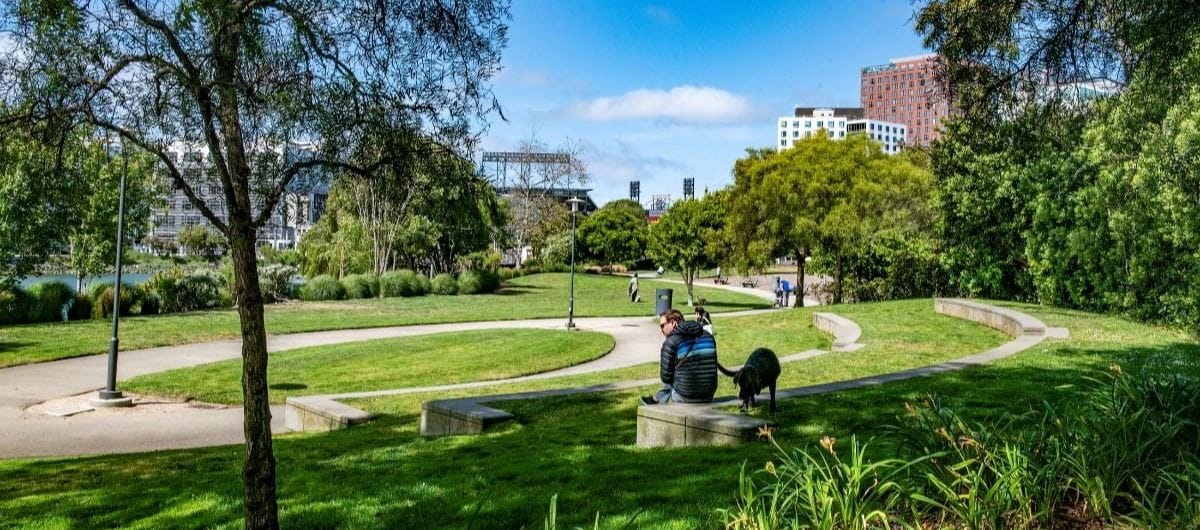
- Cost & Timeline:
- New parks cost $500,000 to several million dollars, depending on scale.
- Planning and approvals can take 1 to 5 years.
A. Approval Process
- Collaboration with City Agencies: Work with San Francisco Recreation and Park Department to align park proposals with city plans. (SF Chronicle)
- Public-Private Partnerships: Explore opportunities like the Embarcadero Plaza Project, where private and public funding were combined. (SFGate)
B. Funding Opportunities
- Community Challenge Grants (CCG): Supports the creation of community gathering spaces. (SF.gov)
- City Funding Initiatives: Stay informed about municipal budgets and bonds for new park development.
IV. Steps to Success
A. Community Engagement
- Build support by involving residents, businesses, and neighborhood groups in the planning process. This can take the form of:
- Hosting community workshops or design charrettes where stakeholders can provide feedback on proposed beautification plans.
- Circulating surveys to understand community priorities, especially related to safety, accessibility, and aesthetics.
- Partnering with local schools, art groups, or gardening clubs to co-create and maintain elements like murals, planters, or native plant beds.
- A great example of this is the Bernal Cut Path project, led by Sophie Constantinou and the College Hill Neighborhood Empowerment Network, in collaboration with the San Francisco Parks Alliance. The team transformed a neglected path into a vibrant community asset through:You can read more about this success story here: Bernal Cut Path Project – SF Parks Alliance
- Regular neighborhood meetings and clean-up days.
- Volunteer-led planting efforts and mural installations.
- Strong partnerships between city agencies and local residents.
- Other organizations known for leading strong community engagement efforts in SF include:
- Friends of the Urban Forest – engages residents in tree planting and sidewalk garden creation.
- San Francisco Beautiful – funds and supports community-led beautification projects.
- Livable City – advocates for public spaces that prioritize people over cars, often partnering with neighborhoods to reimagine streetscapes.
B. Sustainable Design
- Incorporate drought-resistant plants, recycled materials, and stormwater management systems to ensure long-term success.
C. Maintenance Planning
- Secure ongoing maintenance funding to prevent long-term neglect of the beautified space.
Conclusion
Public beautification projects help enhance the aesthetic and environmental health of San Francisco. Whether you’re looking to plant a sidewalk garden, revitalize a neglected public space, or create a new park, there are established pathways to gain city approval and secure funding. By understanding the approval processes, leveraging funding opportunities, and engaging with local communities, you can transform urban areas into vibrant, sustainable spaces that benefit all San Franciscans.


